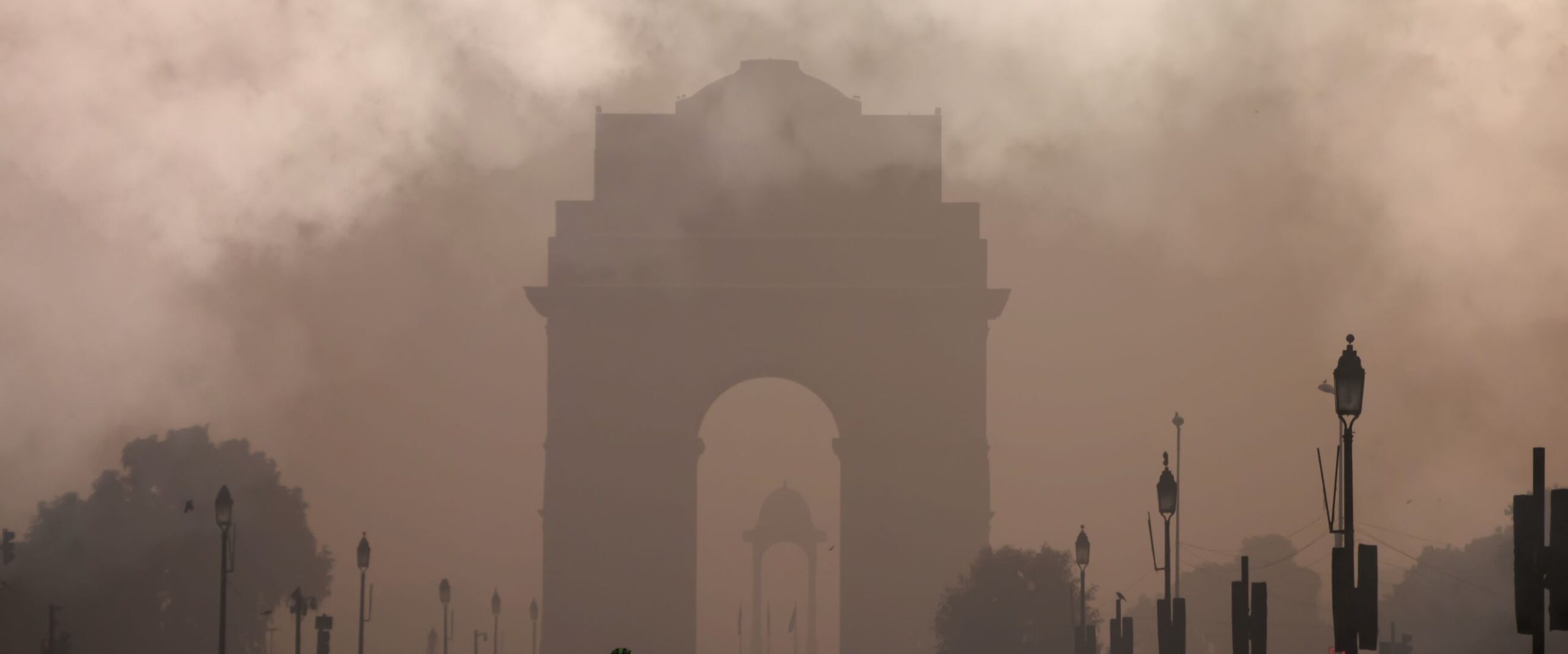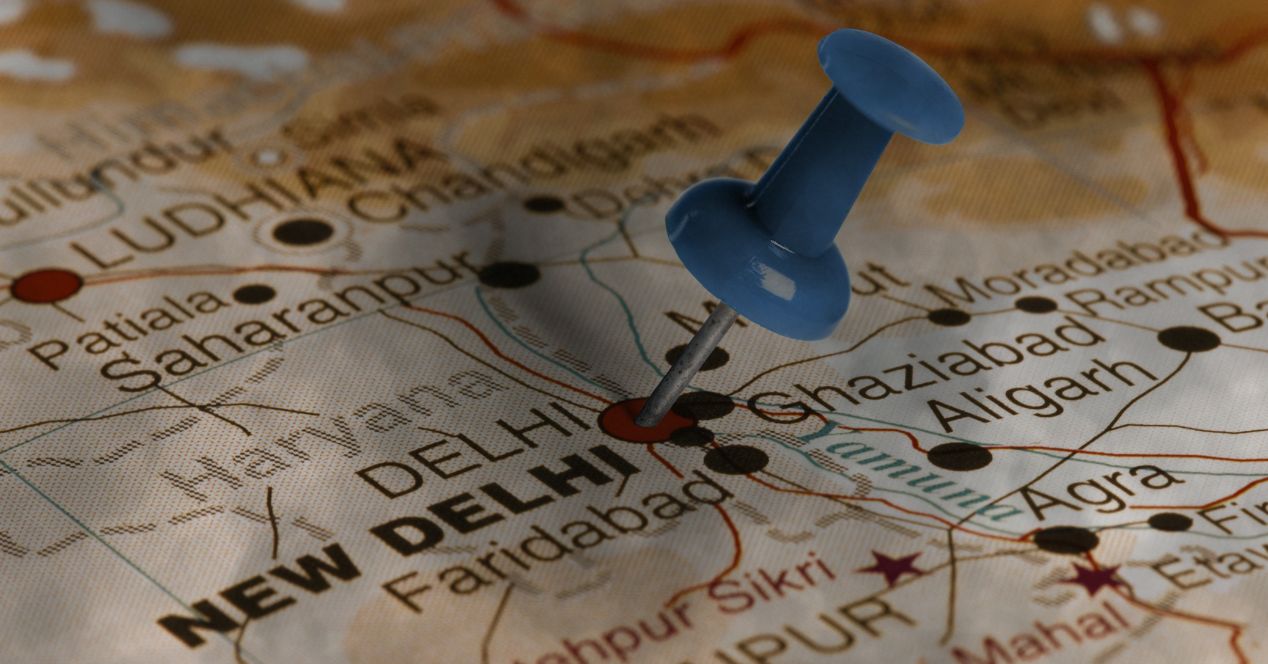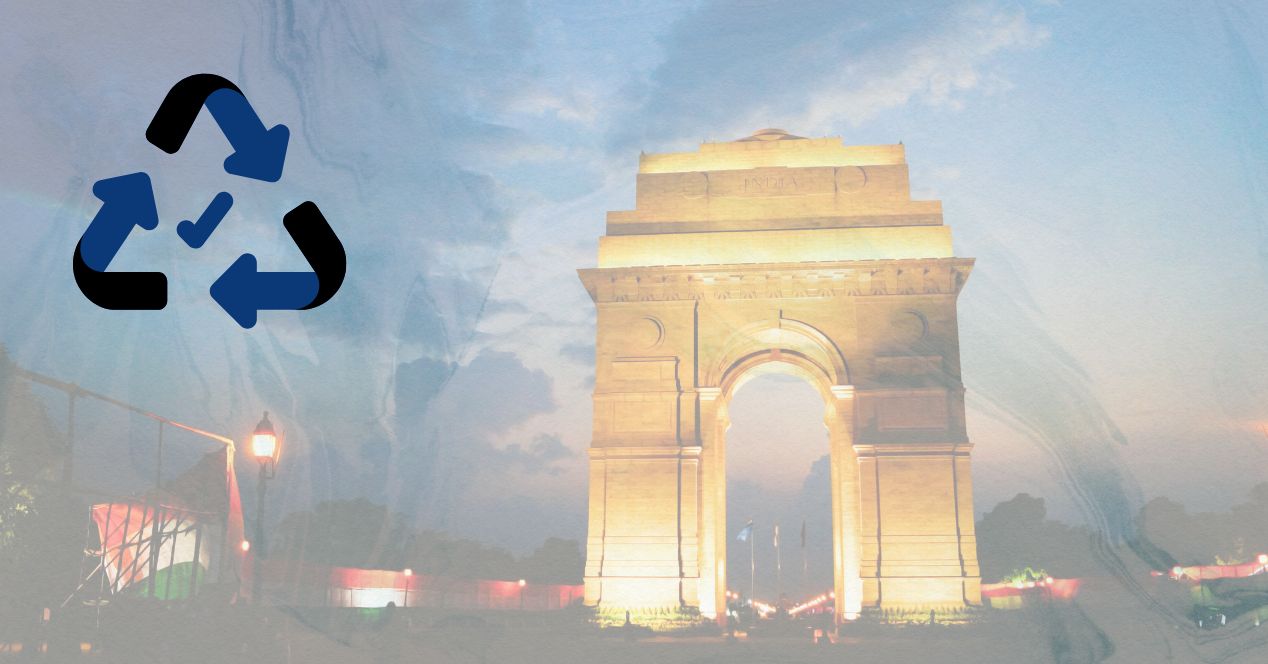Analysis
Delhi Pollution Crisis |“There’s nothing green about them”: SC refuses to lift firecracker ban in NCR
Calling clean air a constitutional right, the Court upheld the cracker ban and demanded compliance reports on stubble burning control

On 3 April, the Supreme Court reiterated that restrictions on firecrackers should be maintained in the interest of public health as it declined to entertain applications from firecracker manufacturers and trade associations seeking a relaxation on their ban in Delhi-NCR. The Court has consistently taken a strong stance on air pollution issues in the region.
A bench of Justices A.S. Oka and Ujjal Bhuyan expressed concern about continued attempts to dilute the ban despite clear evidence that even “green” crackers contribute to air pollution. “This capital suffers for two months… None of the reports claim that green crackers are completely pollution-free,” Justice Oka remarked.
“Green” crackers, grey claims
During the hearing, Senior Advocate Aparajita Singh, the Court-appointed Amicus Curiae, informed the top court that the Ministry of Environment and Forests had relied on a report by the National Environmental Engineering Research Institute (NEERI) to endorse green crackers stating that they reduce 30 percent emissions. However, the Court wasn’t convinced.
“Unless the Court is satisfied that the pollution caused by so-called green crackers is bare minimum, there is no question of reconsidering the earlier orders… There is nothing green about these crackers,” Justice Oka observed, and added that the “only solution is to come up with crackers that have zero emission.”
Senior Advocate Arundhati Katju, representing the firecracker manufacturers, submitted that pollution had reduced by “90 percent” due to green crackers. The bench bristled with Justice Oka sternly stating, “We request everyone not to file such applications. The ban applies only to the NCR region of Delhi, and firecrackers can still be sold in the rest of India.”
Katju highlighted that the ban was “not effective”as it leads to an increased circulation of Chinese alternatives in the market. This raises questions about “balancing interests” as a number of people are employed in the firecracker manufacturing industry. The Court described this submission as “irresponsible” stating that, “We are balancing the interest of a clean environment and the rights of these people who want to sell crackers? We will appoint an agency to look into this.”
Justice Oka added that entrepreneurs have a duty to protect the environment under Article 51A and the Court hopes “all firecracker makers will cooperate.” He further warned that the Court expects “every lawyer to remember that they have to act here as officers of the court, not representatives of firecracker manufacturers.”
Another lawyer suggested that the ban should only operate during the peak pollution months—from October to December. Justice Oka replied, “These measures won’t work. Banning it for that period will not solve the purpose because people will store it and use it… harsh measures are required,” replied Justice Oka.
The human cost of festive pollution
The conversation then turned to the capital’s annual pollution crisis. Singh stated that “NCR is choked” every year during Diwali. She further highlighted that people who live in slums and shanties suffer the most during that period while the elite leave the city or have air purifiers at home. Even asthma cases spike during that period and it affects children and the elderly population.
The bench affirmed that the right to health and the right to live in a pollution-free atmosphere is a constitutional right under Article 21.
After hearing all the concerned parties, the Court refused to relax the ban on the use, manufacture, sale and storage of firecrackers in Delhi-NCR. The bench further directed all NCR states to “create a machinery for effectively implementing the firecracker ban” and file affidavits detailing the “preventive as well as coercive steps” they propose to set up.
Stubble burning: “Hold Chief Secretaries accountable”
The Court also heard submissions on stubble burning, another major pollutant during the winter months in NCR. Additional Solicitor General Aishwarya Bhati took the Court through the suggestions provided by the Commission for Air Quality Management (CAQM), including rent-free access to Crop Residue Management (CRM) machines for small and marginal farmers, and the formation of a “parali burning task force” comprising police and agriculture officers for monitoring open paddy stubble burning.
Singh suggested for clear lines of accountability and that Chief Secretaries should be held responsible and answerable for stubble burning activities in the region. The Court directed all NCR states to constitute committees headed by the Chief Secretaries of the states to monitor implementation and submit reports to CAQM by 10th of every calendar month. “While submitting monthly reports the Chief Secretaries are also directed to submit compliances regarding implementation of the action plan,” the Court said.
The Court is expected to continue monitoring both the enforcement of the firecracker ban and the steps taken to address stubble burning in the coming months.
“Scandalous allegations”
During the hearing, the Court heard submissions from a certain Mukesh Jain, who appeared in person, and claimed to be the national president of Dharam Rakshak Dara Sena. He claimed that firecrackers helped China control Covid and alleged a conspiracy against firecracker culture. He also stated that the environmental activist-petitioner M.C. Mehta was a “fraud,” who allegedly received foreign funds and had connections with Naxalites.
Justice Oka stated that Jain was making “scandalous allegations” and that the “law relating to pollution has evolved” due to the efforts of M.C. Mehta. Though the Court stopped short of imposing costs, it warned Jain that they are putting him on notice and such allegations will not be tolerated.




